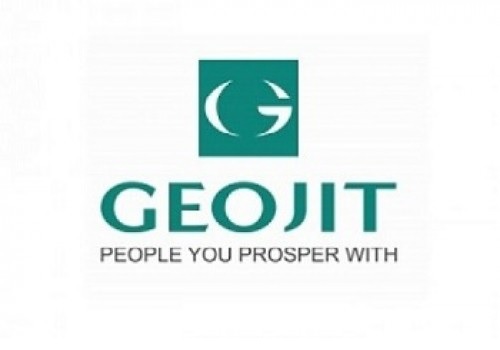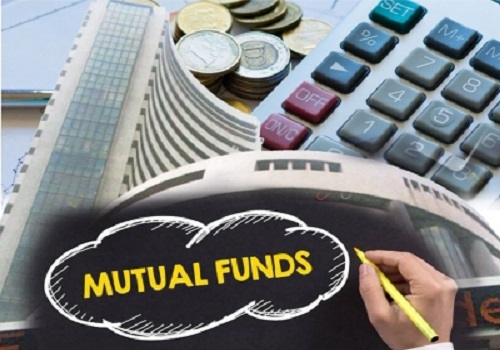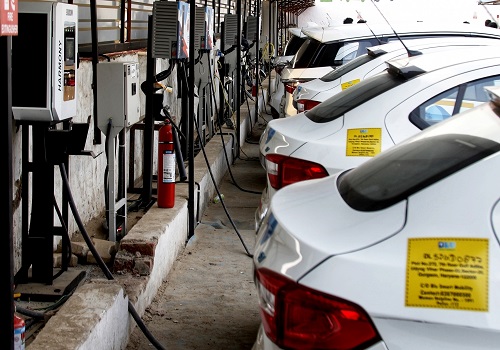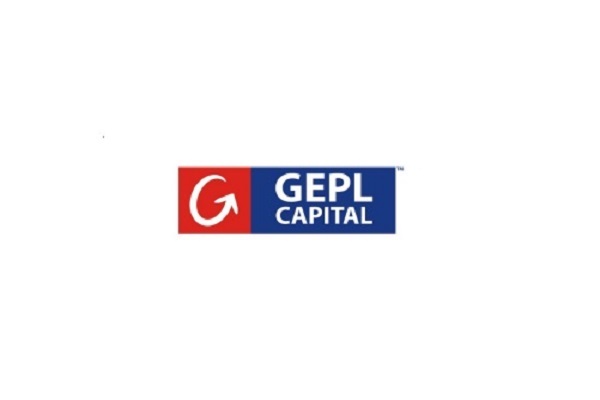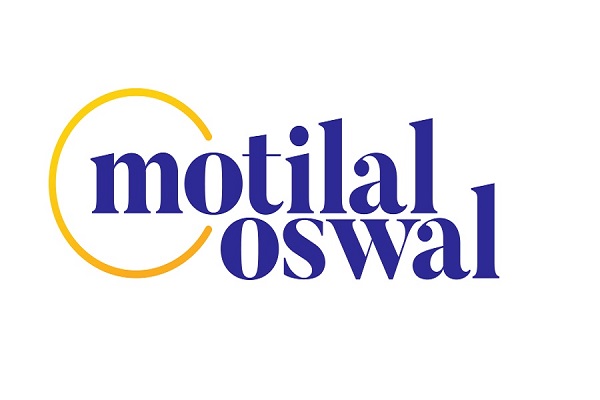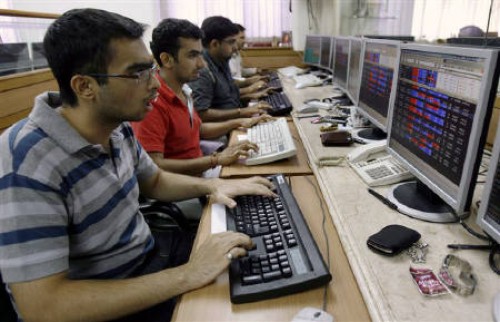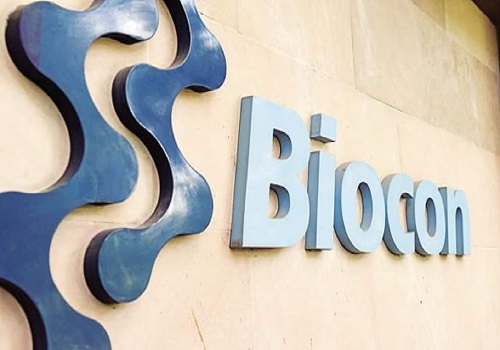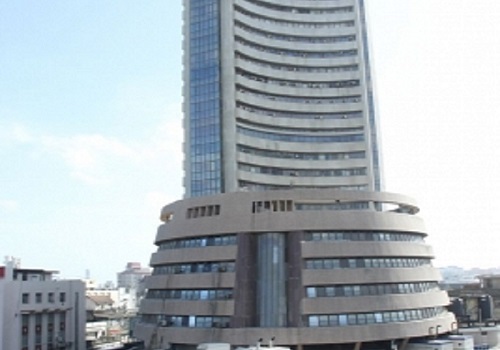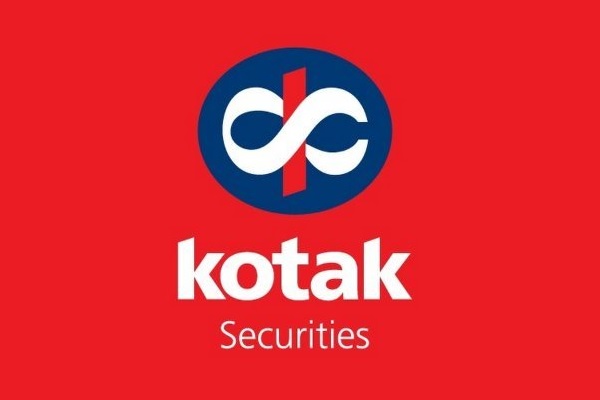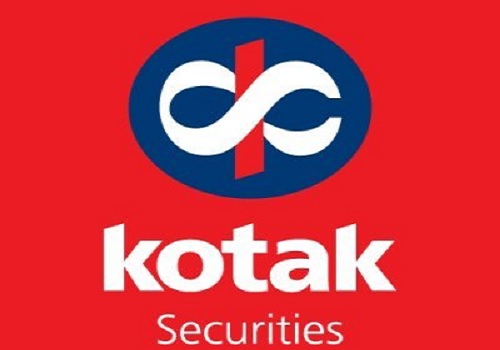Decline in Venezuelan and Iranian oil output to push Brent crude prices up to around USD 70 per barrel: PL Capital

PL Capital, one of the most trusted financial services organisations in India, in its latest Manthan- India Strategy report stated that Brent is expected to rebound to around USD 70/bbl, driven by anticipated supply disruptions from Venezuela and Iran amid escalating sanctions. At the same time, with the global economy under strain from persistent tariff wars, OPEC+ announced plans to raise output by 411 kbopd in May 2025 and again in June. As a result, Brent, which averaged USD 79/bbl in FY25, slipped to USD 67/bbl in April 2025 and has since edged down further to approximately USD 60/bbl.
As per PL Capital, OPEC+ increased production by 411 kbopd in May 2025 and is set to raise it by another 411 kbopd in June 2025, likely in anticipation of supply disruptions and unplanned outages. However, if OPEC+ maintains this elevated supply, Brent prices could face additional downside, given the group’s sizable spare capacity of approximately 4–5 million bopd.
Crude oil prices are a result of complex multi-dimensional factors in addition to demand and supply- geo-political developments, unplanned disruptions, actions by OPEC+, and outlook on renewables. The US has maintained a firm stance on enforcing a complete ban on Iranian crude exports. Back in 2011–12, similar sanctions led to a sharp drop in Iran’s oil production—from approximately 3.8 million barrels per day (bopd) to around 2.5 million bopd. In 2023, China accounted for 90% of Iranian crude imports. However, with a potential US-China tariff resolution on the horizon, China may be compelled to scale back its Iranian oil purchases as part of the deal.
Meanwhile, the US has already revoked licenses granted to Shell and BP for their operations in Venezuela, and reports indicate Chevron could face a similar outcome. These developments are likely to drive Venezuelan crude output down from the current ~1 million bopd to about 0.5 million bopd.
While according to PL Capital’s report, Brent is likely to rise to ~USD70/bbl led by expected decline in Venezuelan and Iranian oil production which are facing increasing sanctions, it is worthwhile to call out possible beneficiaries if Brent were to defy its stance. It notes that if OMCs cut diesel prices, then transportation costs would decline across sectors and would also help in reducing the inflation.
The report further outlined that if crude oil prices were to sustain at these levels, major beneficiaries could be aviation, pipe companies, OMCs, CGDs, aviation, cement while capital good companies with exposure to O&G and upstream O&G companies may lose in particular. Benefits also depend upon pricing power of the companies specifically.
Aviation | Indigo to benefit
After rising 4.0% QoQ to approximately Rs.93.7/litre in Q4FY25 (blended average across Delhi, Kolkata, Mumbai, and Chennai), ATF prices eased to Rs.89.4/litre in April 2025. The downtrend continued into May, with a further 4.3% MoM decline to Rs.85.5/litre. Assuming Indigo’s fuel CASK trends in line with ATF prices, it is likely to settle around Rs.1.54–1.55 for Q1FY26E. If RASK holds steady at Q1FY25 levels, gross spread is expected to expand to Rs.3.85 in Q1FY26E, up from Rs.3.62 in Q1FY25. PL Capital maintains a positive outlook.
Capital goods | Adverse impact due to possibility of delays in O&G/renewables projects
L&T has substantial exposure to the Middle East through its hydrocarbon and renewable segments, contributing ~30% of the group’s total revenue in 9MFY25. The region accounted for 33% of the total order inflow during this period, with the Middle East order book standing at Rs.2.0 trillion (~35% of total order book) as of December 2024. In our view, a sustained decline in Brent crude prices could dampen order inflows for L&T’s hydrocarbon business in the region, as lower oil prices may lead to reduced capex announcements. Additionally, ongoing projects may face execution delays given L&T’s elevated exposure to the Middle East in recent years. EIL is also likely to be negatively impacted under this scenario.
Oil & Gas
In Q4FY25, gross marketing margins for petrol and diesel were Rs.10.4/litre and Rs.6.5/litre, respectively. These margins rose to Rs.12.3/litre and Rs.9.7/litre in April 2025. Ceteris paribus, a decline in Brent crude would lead to higher gross marketing margins on auto fuels. A USD1/bbl decrease in Brent results in a ~50 paise/litre change in gross marketing margins. However, it remains uncertain whether oil marketing companies (OMCs) will pass these gains on to consumers or if the government, aiming to boost its finances, might increase excise duties further.
For city gas distribution (CGD) companies, which have faced margin pressure due to cuts in APM gas allocations, the decline in Brent-linked gas costs could lead to marginal margin improvement. Castrol (not under coverage), in particular, could benefit from lower base oil prices, given its strong brand pricing power. On the other hand, upstream companies such as ONGC and Oil India are likely to be negatively affected. A USD5/bbl decline in Brent crude is expected to result in an 8-10% drop in their EPS.
Cement
Petcoke prices, a derivative of crude oil, have already begun to weaken, which will reduce costs for cement companies. Moreover, since 70-75% of cement transportation relies on roadways, any reduction in diesel prices would lead to lower freight costs.
FMCG/Paints | Pricing remains the key
Paint companies stand to benefit from a decline in raw material prices. However, given the heightened competitive intensity in the sector, it remains uncertain how they will adjust their pricing strategies moving forward. Pidilite is likely to see gains from lower input costs, including VAM, packaging, and other oil-based materials. Detergent manufacturers could also benefit if prices of LAB decline, as most FMCG companies rely on crude-based inputs. Additionally, packaging materials such as HDPE, LDPE, and flexible packaging are all crude-based. However, the benefits will only materialize if prices remain subdued for a prolonged period, with the impact likely to be felt after a lag of at least three months.
Building Materials | Indirect Benefits from Brent Decline for P&F Companies
A decline in Brent crude prices indirectly benefits pipe and fittings (P&F) companies, as one of their key raw materials, PVC resin, typically sees price corrections in line with falling crude oil prices. While changes in raw material prices are often passed through to end customers, limiting direct margin benefits, the reduction in PVC resin costs can drive volume growth by making end-product prices more competitive.
Specialty chemicals | lack of pricing power
Most chemical companies rely on crude oil derivatives such as phenol, benzene, and toluene. However, many Indian chemical companies lack pricing power and are unlikely to see significant benefits from falling crude oil prices.
Above views are of the author and not of the website kindly read disclaimer
